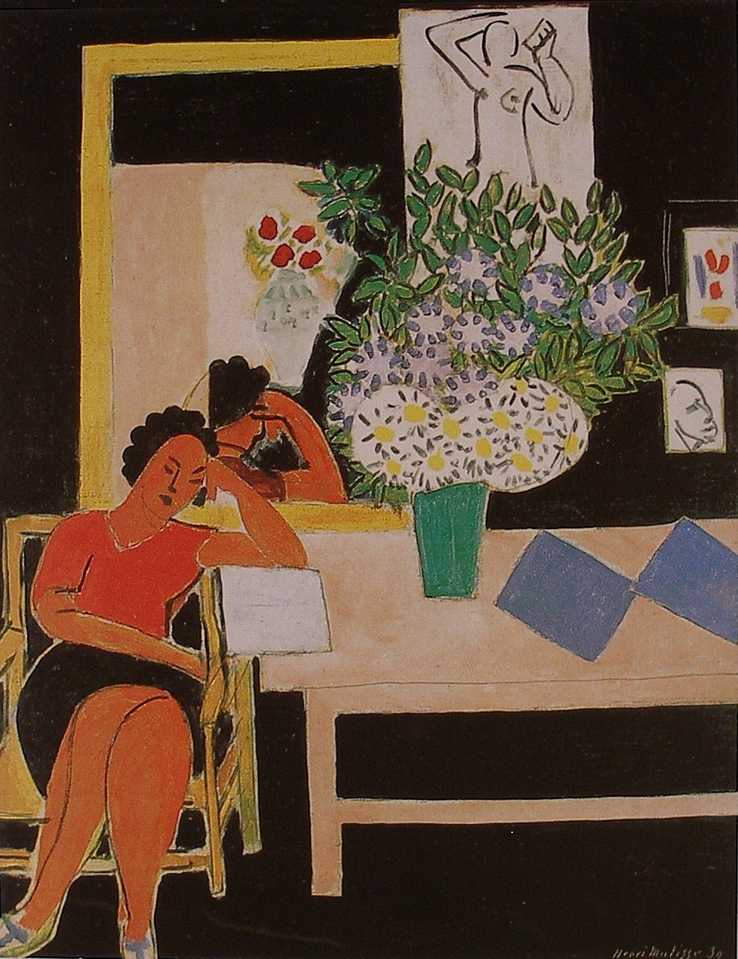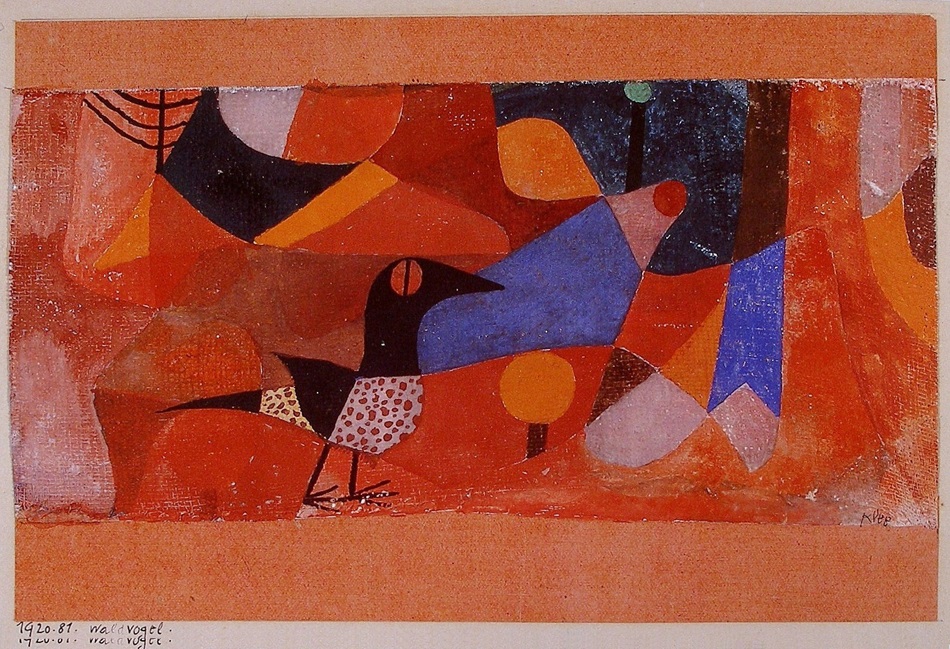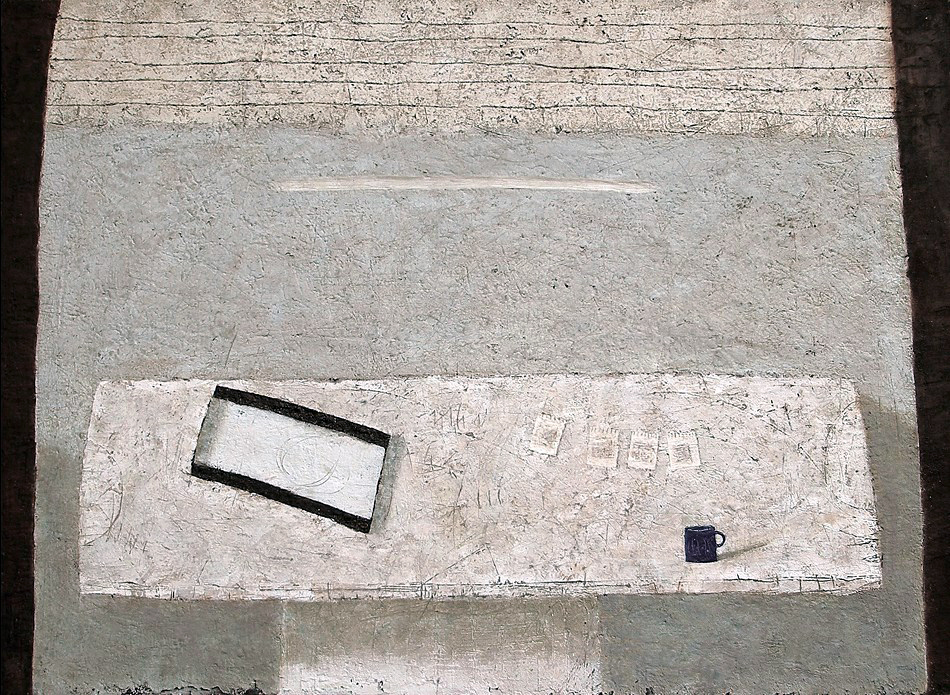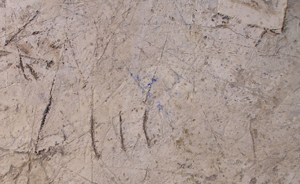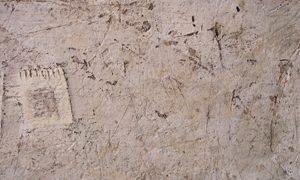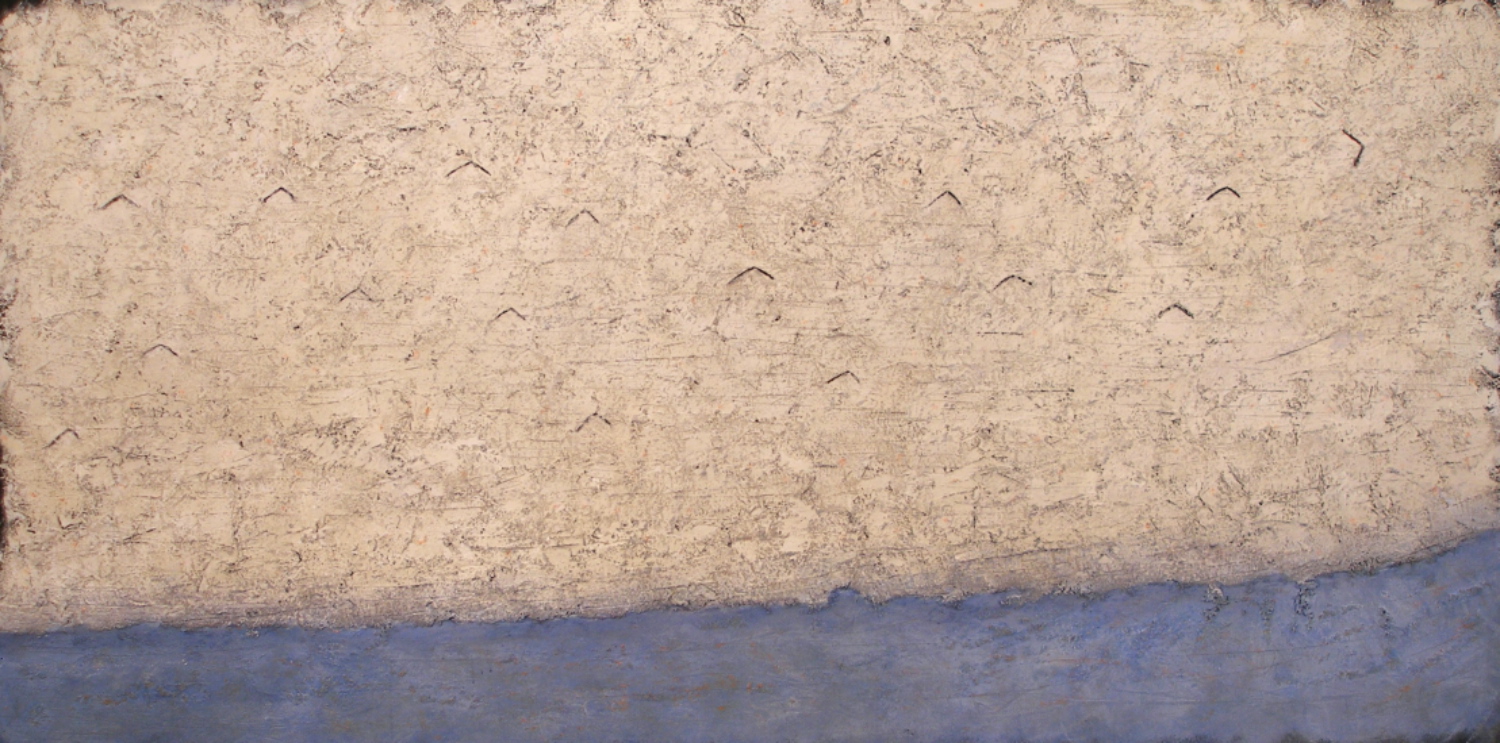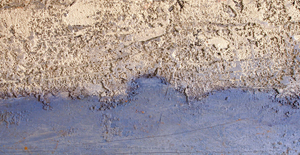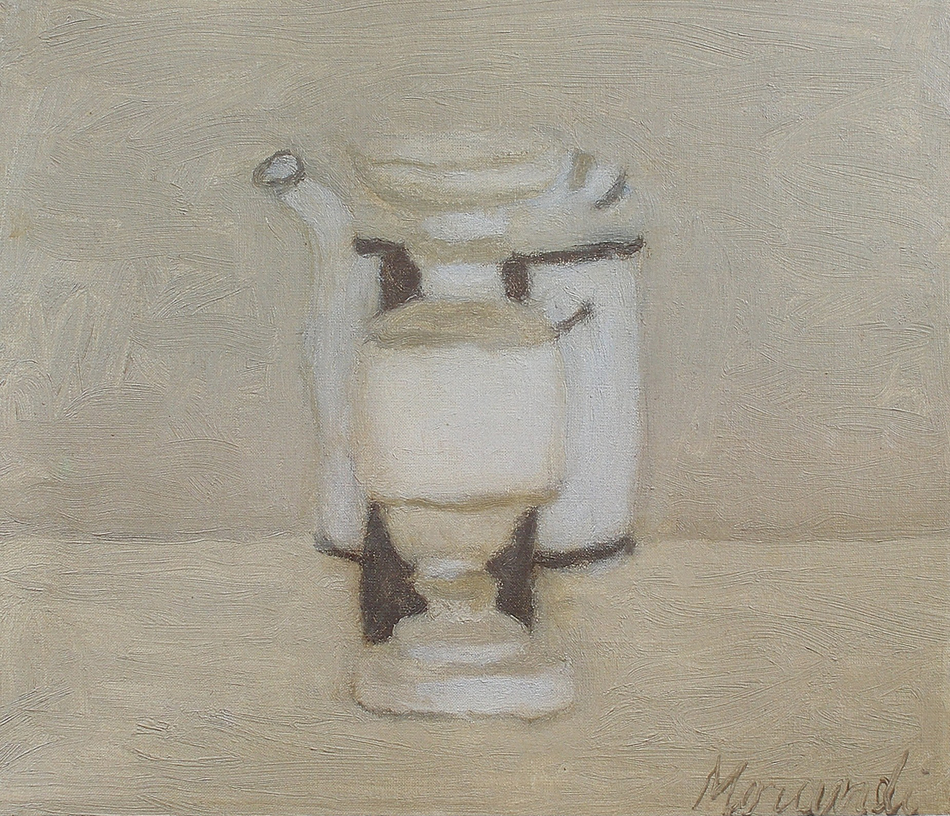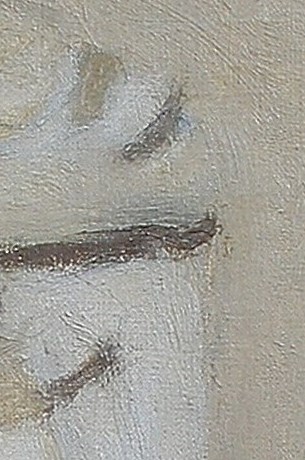I love the way Matisse invites us to joyfully participate with his paintings. My long standing admiration only increases with time.
In this posting I would like to focus on his beautifully choreographed shapes and eye movement.
By reducing the shapes to simple rectangles and ovals, he is able to focus on the relationships of these shapes, and guide us lyrically throughout the painting. We move through the shapes because of his sensitivity to the spacing and integration. Modelling or superfluous detail would only disrupt the harmony.
My own initial eye movement begins with the white rectangle. Then, sensing the vertical integration upwards from its left edge, my eye moves to the light shape above the figure’s reflection. The curved edge (partial oval) then carries me towards the rectangle with the figure drawing. I then find my eye moving through the small white vertical rectangles to the blue shapes, which in turn guide me to the vertical green shape. This leads my eye to the beautiful arrangement of ovals.
Another integrating eye path which I found exciting begins with the small black angle on the figure’s blouse, at the right arm. Following its upward direction leads me to another line just above her head. I hope you then can see the connection with a subtle series of parallels guiding our perusal through the red ovals and greenery to the hand of the figure drawing above.
I must point out an alternate path from the line just above her head. It also connects to the reflection of her hair returning us to her face, providing wonderfully subtle containment.
I would like to finish with the orange oval feel of the figure’s legs. If Matisse stayed within the lines, the lyrical harmony with her face would have been weakened.
There is so much more such as colour and pattern within shapes. I may do another post.

